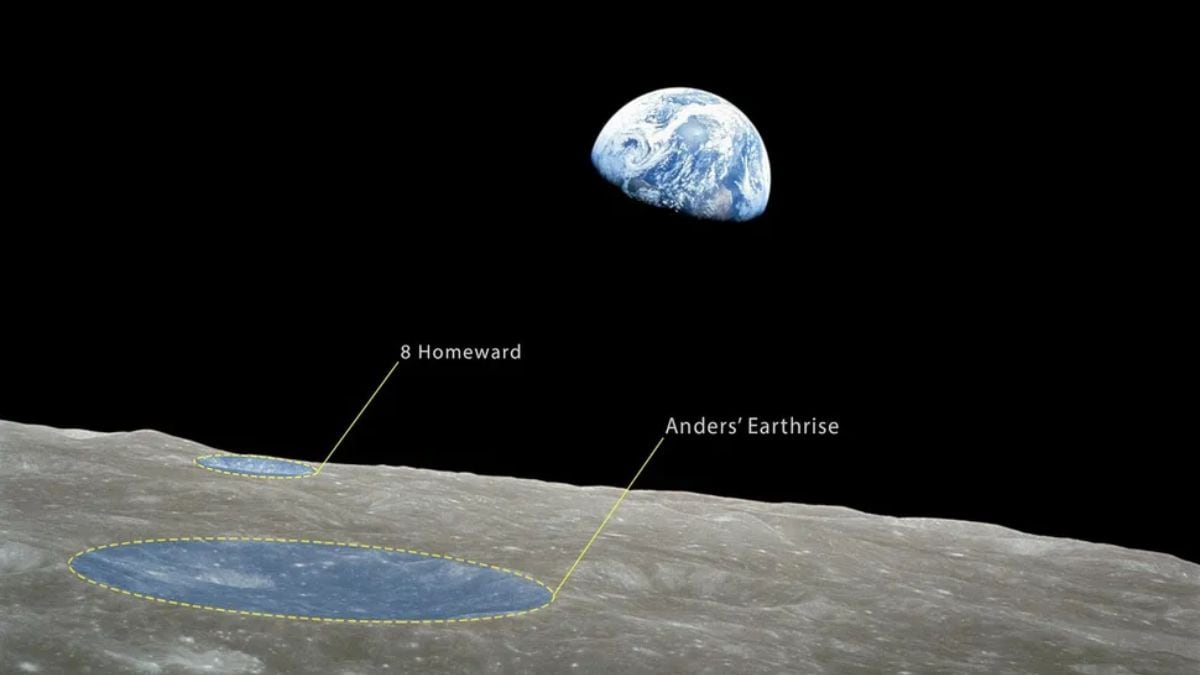

A potential new solar sail-powered satellite mission is offering an extended early warning of extreme space weather events to safely shut down the most vulnerable pieces of our tech — without waiting for them to fail mid-activity and then figuring out why. Going far beyond Earth in the traditional sense of this type of satellite, the solar sail spacecraft would provide almost 20 more minutes of warning time (up to about 60 minutes total) before some very dangerous geomagnetic storms. These eruptions, called coronal mass ejections, cause space weather events that can disrupt satellites, damage power grids, and expose astronauts to cosmic radiation through the ability to ground high-altitude commercial flights. The better the predictions, the more time for critical systems to respond, so overall it is supposed to work out.
Solar Sail Mission SWIFT Aims to Boost Space Weather Forecasting from Beyond L1 Point
According to a report published by The Conversation and contributed to Space.com, the new SWIFT (Space Weather Investigation Frontier) mission will put a satellite with a lightweight solar sail on it out at 2.1 million kilometers from Earth, which is farther than the existing L1 Lagrange point where solar wind is monitored now. That might mean a longer warning — “lead” time, in space weather speak — which would give satellite operators more time to shield their satellites, prevent astronauts from being exposed to high radiation, and allow airlines to chart the safest ways for planes.
The new solar spacecraft, Solar Cruiser, stays in orbit by a balance created from the Sun’s gravity and solar photons bounced off a reflective sail. And far larger than previous sail missions like NASA’s NanoSail-D2 and JAXA’s IKAROS. This steers the satellite post-launch.
Solar Cruiser, part of the SWIFT constellation, will measure solar wind at several vantage points for better interplanetary space weather forecasting. Enquire for more economical on-ground space weather forecasts and missions such as SWIFT that help protect our planet from imploding due to solar emissions.
For the latest tech news and reviews, follow Gadgets 360 on X, Facebook, WhatsApp, Threads and Google News. For the latest videos on gadgets and tech, subscribe to our YouTube channel. If you want to know everything about top influencers, follow our in-house Who’sThat360 on Instagram and YouTube.


